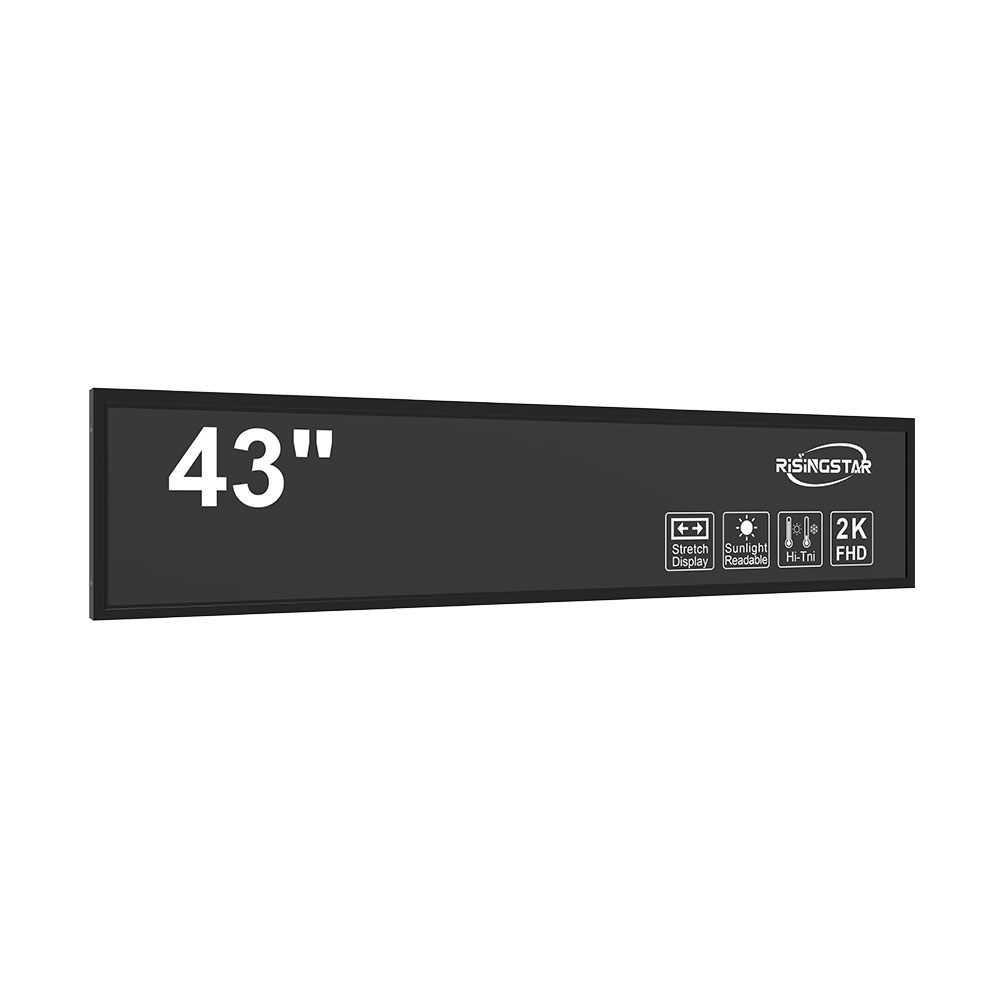- Home
- About Us
- Products
- News
- Video
- Contact
- Send Inquiry
Search
- Home
- About Us
- Products
- News
- Video
- Contact
- Send Inquiry

Outdoor LCD screens are essential in modern digital signage, advertising, and public information systems. With increasing demand for durable, high-brightness displays that function reliably under harsh environmental conditions, selecting the right outdoor LCD screen requires technical expertise and a clear understanding of performance parameters. This guide outlines key considerations—from brightness and durability to environmental protection and installation options—to ensure optimal results in real-world applications.
Introduction

Outdoor LCD screens must perform in extreme temperatures, humidity, direct sunlight, and potential vandalism. Unlike indoor displays, outdoor models must meet stringent standards such as IP65 or higher for dust and water resistance, and typically exceed 5,000 nits of peak brightness to remain visible in daylight. Choosing the wrong display can lead to premature failure, maintenance costs, and loss of brand credibility. Understanding technical specifications is critical for long-term success.
Main Body
First, evaluate brightness (nits)—a crucial factor often misunderstood. Industry standards from the Society of Motion Picture and Television Engineers (SMPTE) recommend at least 5,000 nits for direct sunlight visibility. Premium outdoor screens like those used in Times Square or airport terminals often exceed 7,000 nits. Always verify peak brightness, not just average brightness, as this determines how well content remains legible during noon sun.

Second, consider environmental resilience. Look for IP65 or IP68 ratings for ingress protection against dust and water. Additionally, check the operating temperature range: most professional-grade units support -30°C to +60°C, with passive cooling systems preferred over fans to avoid dust buildup and mechanical failure. Case studies from installations in Dubai’s desert heat and Nordic winter environments confirm that proper thermal management is non-negotiable.
Third, assess display technology. LED-backlit LCDs offer superior brightness and longevity compared to CCFL-backlit models. For high-end applications, consider using dual-layer glass or anti-glare coatings to reduce reflection without compromising clarity. Also, prioritize manufacturers who comply with EMI/EMC standards (e.g., FCC Part 15 Class B), ensuring compatibility with nearby wireless infrastructure.
Finally, plan for installation and maintenance. Wall-mounting vs. freestanding configurations affect airflow and service access. Remote diagnostics via IP-based management tools (like those from LG, Samsung, or NEC) allow proactive monitoring of brightness degradation, fan status, and component health. Real-world deployments show that systems with built-in health monitoring reduce downtime by up to 40%.
Conclusion
Choosing an outdoor LCD screen isn’t just about buying a bright monitor—it’s a strategic decision based on environmental factors, display technology, and long-term operational efficiency. Whether deploying in retail, transportation, or industrial settings, investing in certified, robust, and maintainable solutions ensures reliability, ROI, and user engagement. Partner with suppliers who provide full lifecycle support and test their products under ISO 9001-certified conditions to guarantee quality.